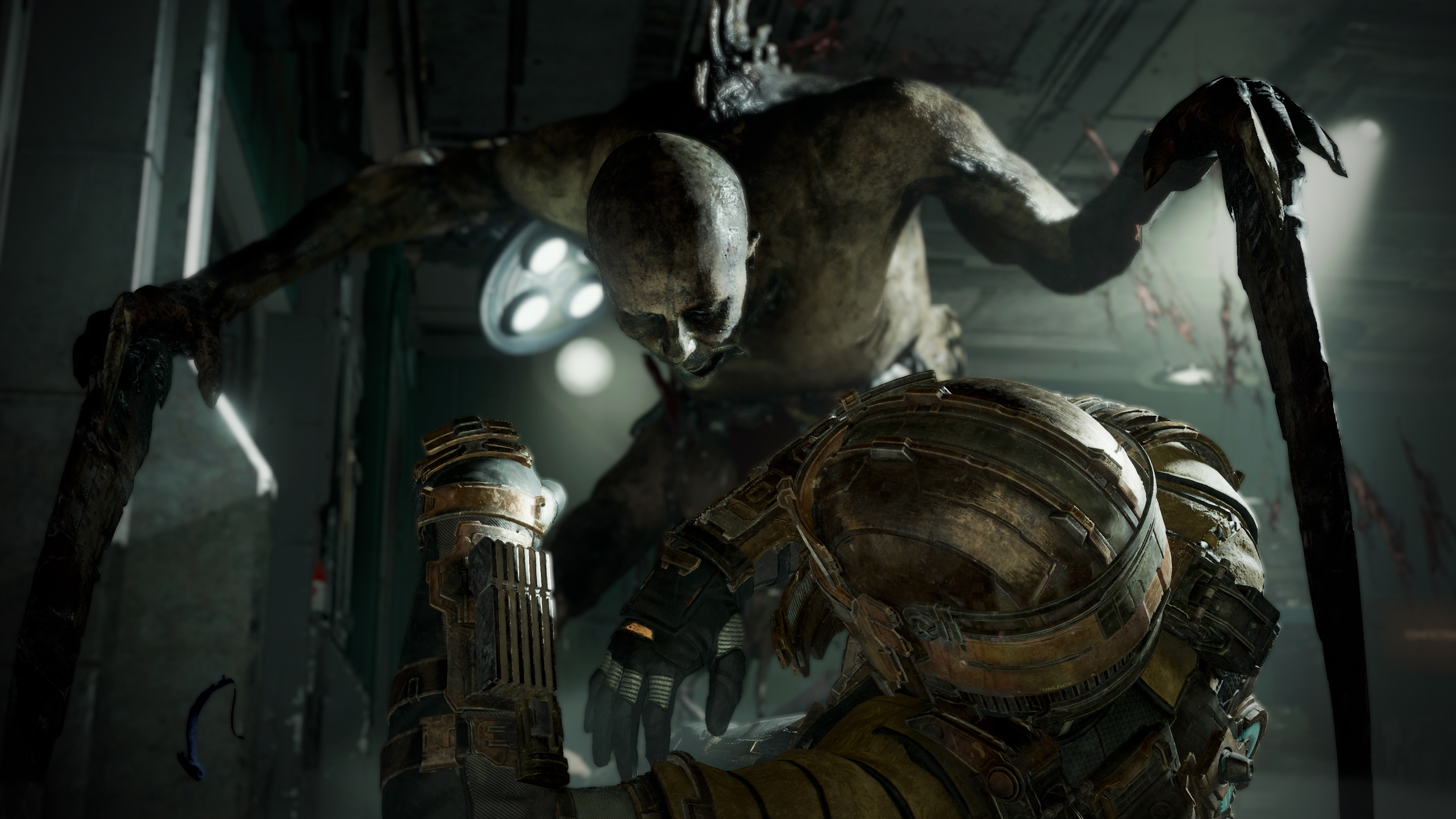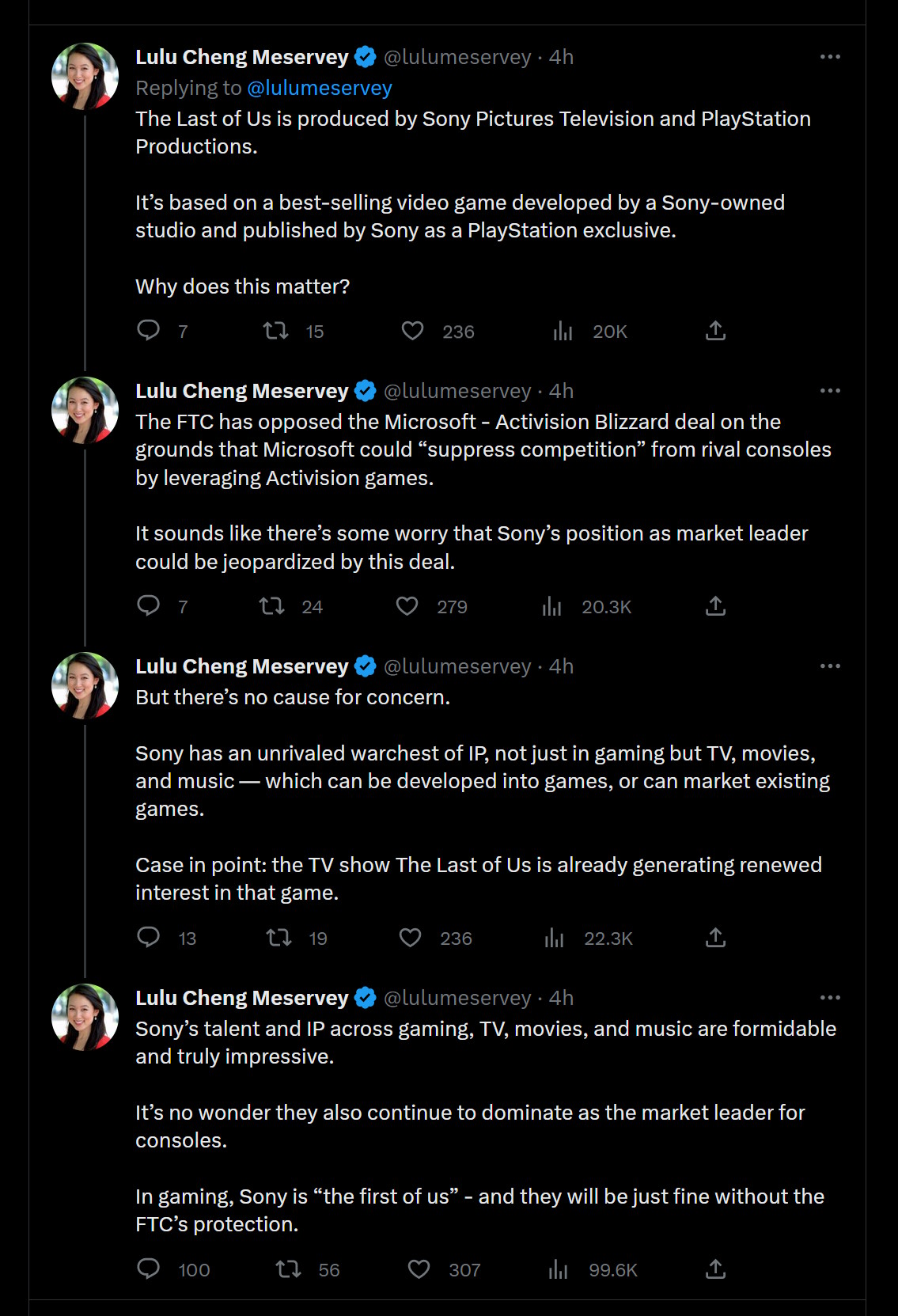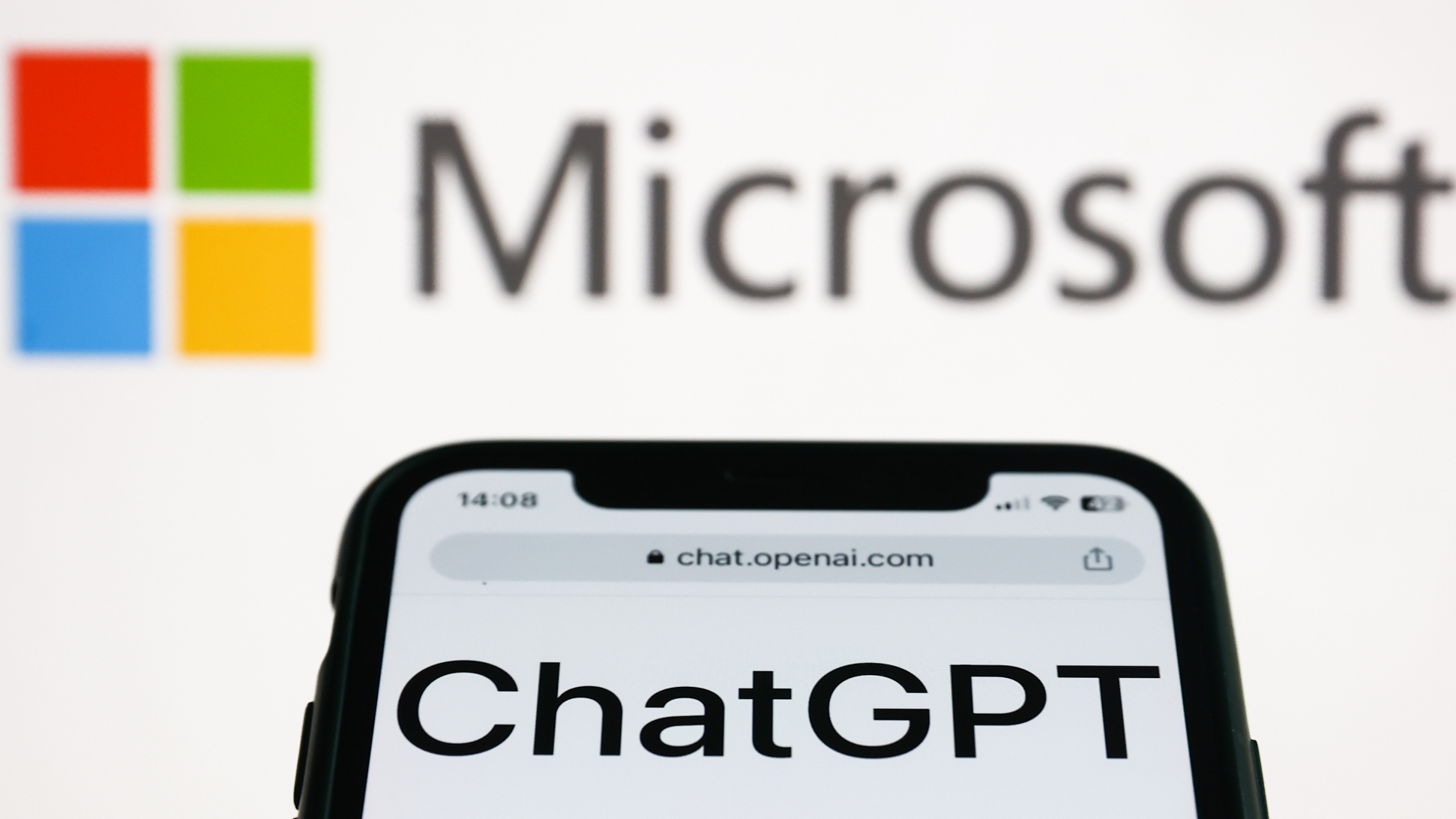Get your daily Wordle (opens in new tab) help, just the way you want it. Start your puzzle-beating journey with our general tips, direct your guesses with our clue for today’s puzzle, or quickly skip straight to January 31 (591)’s answer if you need to.
I suffered with an awful Wordle curse for a bit today, stuck with two greens and nothing more over and over again—every guess was entirely valid and completely wrong. I did get there in the end, but I would have been happier if it hadn’t been a lucky stab in the dark.
Wordle hint
A Wordle hint for Tuesday, January 31
Today’s word is used widely and for many unrelated things. You might use this word when describing how it feels to be angry or annoyed with someone, or the name of a symbol drawn using two intersecting straight lines, or the act of folding your arms in front of you.
Is there a double letter in today’s Wordle?
Yes, there is a double letter in today’s puzzle.
Wordle help: 3 tips for beating Wordle every day
Looking to extend your Wordle winning streak? Perhaps you’ve just started playing the popular daily puzzle game and are looking for some pointers. Whatever the reason you’re here, these quick tips can help push you in the right direction:
- Start with a word that has a mix of common vowels and consonants.
- The answer might repeat the same letter.
- Try not to use guesses that include letters you’ve already eliminated.
There’s no racing against the clock with Wordle so you don’t need to rush for the answer. Treating the game like a casual newspaper crossword can be a good tactic; that way, you can come back to it later if you’re coming up blank. Stepping away for a while might mean the difference between a win and a line of grey squares.
Today’s Wordle answer
What is the Wordle 591 answer?
Everyone needs a little help from time to time. The answer to the January 31 (591) Wordle is CROSS.
Previous answers
The last 10 Wordle answers
Wordle solutions that have already been used can help eliminate answers for today’s Wordle or give you inspiration for guesses to help uncover more of those greens. They can also give you some inspired ideas for starting words that keep your daily puzzle-solving fresh.
Here are some recent Wordle answers:
- January 30: CRAVE
- January 29: FISHY
- January 28: FLIRT
- January 27: WORRY
- January 26: BEEFY
- January 25: MAIZE
- January 24: COUNT
- January 23: ELUDE
- January 22: MATEY
- January 21: BLURB
- January 20: ALTER
Learn more about Wordle
Wordle gives you six rows of five boxes each day, and it’s up to you to work out which five-letter word is hiding among them to win the popular daily puzzle.
It’s usually a good plan to start with a strong word (opens in new tab) like ALERT—or any other word with a good mix of common consonants and multiple vowels—and you should be off to a flying start, with a little luck anyway. You should also avoid starting words with repeating letters, so you don’t waste the chance to confirm or eliminate an extra letter. Once you hit Enter, you’ll see which letters you’ve got right or wrong. If a box turns ⬛️, it means that letter isn’t in the secret word at all. 🟨 means the letter is in the word, but not in that position. 🟩 means you’ve got the right letter in the right spot.
Your second guess should compliment the first, using another “good” word to cover any common letters you might have missed on the first row—just don’t forget to leave out any letter you now know for a fact isn’t present in today’s answer. After that, it’s just a case of using what you’ve learned to narrow your guesses down to the correct word. You have six tries in total and can only use real words and don’t forget letters can repeat too (eg: BOOKS).
If you need any further advice feel free to check out our Wordle tips (opens in new tab), and if you’d like to find out which words have already been used, you can scroll to the relevant section above.
Originally, Wordle was dreamed up by software engineer Josh Wardle (opens in new tab), as a surprise for his partner who loves word games. From there it spread to his family, and finally got released to the public. The word puzzle game has since inspired tons of games like Wordle (opens in new tab), refocusing the daily gimmick around music or math or geography. It wasn’t long before Wordle became so popular it was sold to the New York Times for seven figures (opens in new tab). Surely it’s only a matter of time before we all solely communicate in tricolor boxes.







